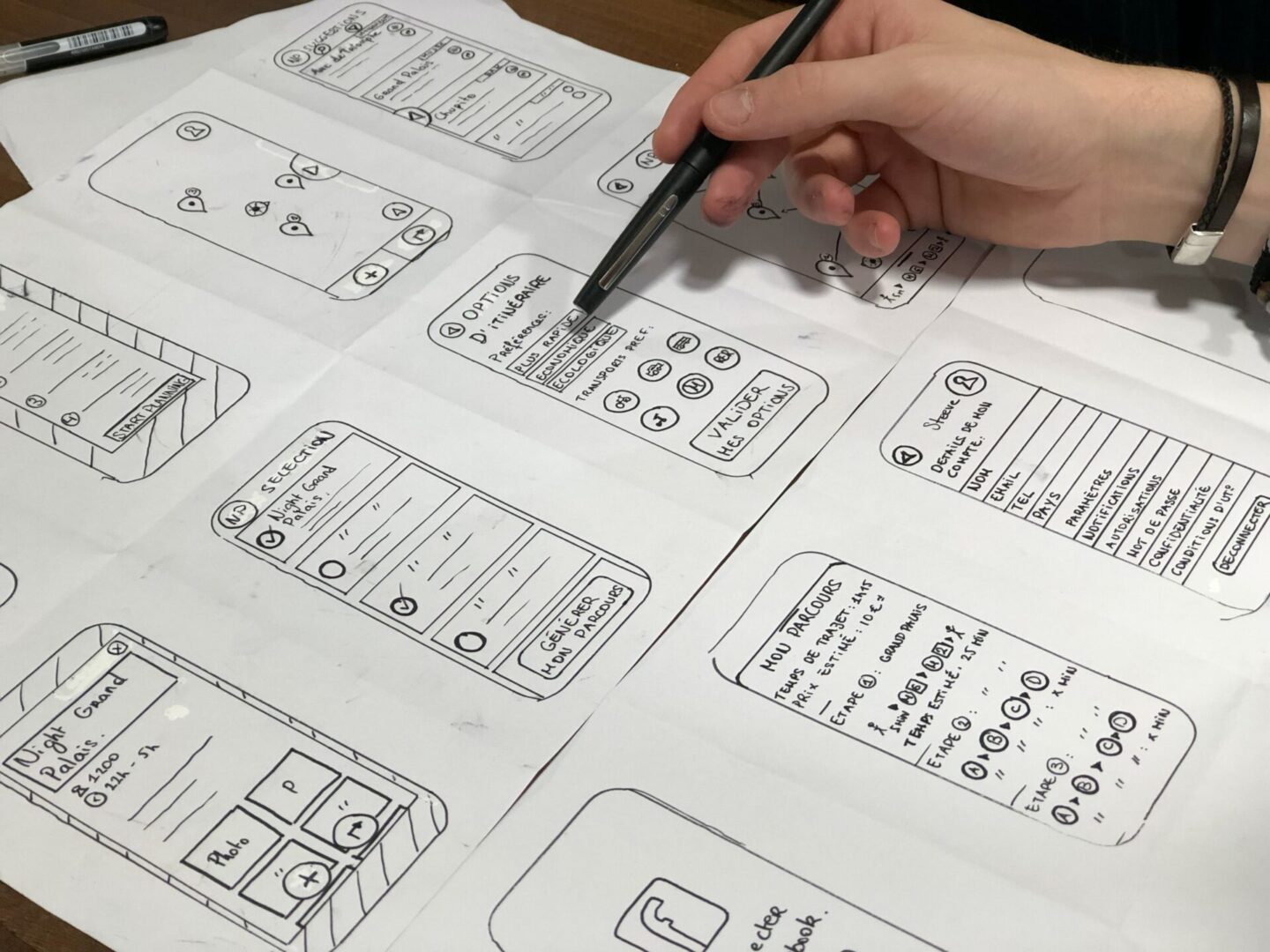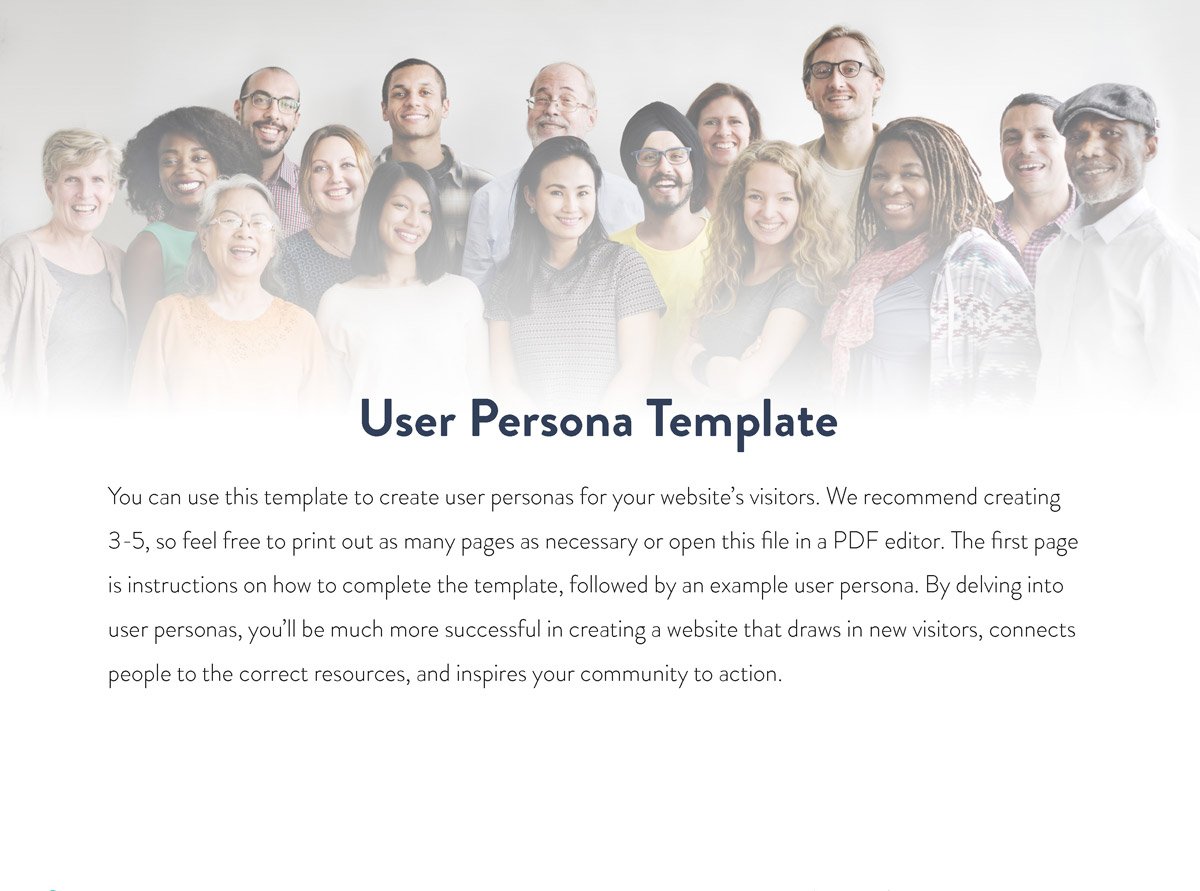Inclusive design is no longer just a noble aspiration; it has become an essential component of UX practices. By prioritizing accessibility and diversity, inclusive design ensures that digital products and services are usable, intuitive, and empowering for all individuals, regardless of their abilities or backgrounds. Discover why inclusive design is paramount in today’s UX landscape.
Unveiling the Meaning of ‘Inclusive Design’
At its core, inclusive design is a deliberate and thoughtful approach that embraces diversity and aims to make digital interfaces accessible to individuals with various disabilities, backgrounds, and preferences. It surpasses mere compliance with accessibility standards, focusing on creating intuitive and adaptable interfaces that cater to the unique needs of all users. Inclusive design prompts designers to consider factors such as visual impairments, motor limitations, cognitive differences, and language barriers. By incorporating these considerations into the design process, we can ensure that no user feels excluded, and everyone can access and interact with digital products seamlessly.
The Impact on UX Best Practices
Inclusive design has a profound impact on UX best practices, transforming the way designers approach their work. By adopting inclusive design principles, UX professionals elevate the overall user experience, fostering usability, accessibility, and inclusivity. Embracing inclusivity means going beyond the conventional user personas and considering a diverse range of users. It challenges designers to empathize with individuals who face unique barriers and to create solutions that meet their specific needs.
It also aligns with legal requirements and accessibility standards. By integrating accessibility from the early stages of the design process, designers ensure compliance and mitigate potential discrimination issues. This proactive approach fosters a more equitable digital environment, where technology becomes accessible to everyone, regardless of their abilities or backgrounds.
The Influence of Accessibility on Website Success
Inclusive design drives innovation. By questioning assumptions and rethinking traditional design approaches, designers can uncover new and creative solutions that benefit a broader audience. Inclusive design inspires designers to think outside the box, resulting in interfaces that are not only functional but also engaging and delightful for all users.
Accessibility serves as the cornerstone of website success and user satisfaction by ensuring that all individuals, regardless of their abilities or disabilities, can access and navigate digital content seamlessly. By prioritizing accessibility, websites broaden their reach, engage a wider audience, and foster inclusivity. User satisfaction is enhanced as individuals can effortlessly consume information, complete tasks, and interact with the website, resulting in positive experiences and long-term loyalty.
Why Non-Profits Must Prioritize Website Design for All Users
Designing non-profit websites for all users is essential to ensure inclusivity and maximize the impact of their mission. By prioritizing accessibility, organizations can reach a broader audience, engage individuals with disabilities, and create meaningful connections. A website designed for all users fosters a sense of belonging, empowers individuals to take action, and amplifies the organization’s message and impact.
Moreover, an inclusive website design for non-profit organizations enhances user experience and strengthens trust. By providing accessible content, intuitive navigation, and clear communication, organizations demonstrate their commitment to transparency and equal access. This builds credibility, encourages user engagement, and drives positive user experiences that can lead to increased support, donations, and long-term partnerships. Designing for all users is not only a moral imperative but also a strategic advantage for non-profit organizations to achieve their goals and make a meaningful difference in the world.
Designing for All: 8 Must-Follow Tips for Inclusive Design
Creating an inclusive and accessible website is not only a moral responsibility but also a strategic decision to ensure that all users can engage with your content and mission. By implementing a few key practices, non-profit organizations can make their websites more inclusive and user-friendly. Let’s explore some essential tips that can significantly enhance the accessibility and usability of your website, benefiting individuals with various disabilities and improving the overall user experience.
The Inclusive Design Toolkit
- Alternative Text (Alt Text) for Images: Non-profit websites can include descriptive alt text for images, allowing users with visual impairments to understand the content and context of the images through screen readers.
- Clear and Consistent Navigation: Implementing a user-friendly and intuitive navigation system helps all users easily find information and move through the website. This includes clear labels, organized menus, and logical page hierarchy.
- Captioned Videos: Adding captions or transcripts to videos ensures that individuals with hearing impairments can access the audio content. This enhances the overall user experience and makes the website more inclusive.
- Font and Color Choices: Selecting legible fonts, appropriate font sizes, and color combinations with sufficient contrast improves readability for users with visual impairments or reading difficulties.
- Descriptive Link Text: Using descriptive link text instead of generic phrases like “click here” helps screen readers and users with cognitive disabilities understand the purpose and destination of each link.
- Text Resizing and Zooming: Implementing responsive design techniques that allow users to resize text or zoom in on content ensures that individuals with visual impairments or low vision can comfortably read and interact with the website.
- Form Accessibility: Optimizing form fields by adding clear labels, instructions, and appropriate error messages assists users with disabilities or cognitive challenges in completing forms accurately and efficiently.
- Language Options: Offering language options or translation services enhances accessibility for users who are non-native speakers or prefer accessing content in their native language, fostering inclusivity and improving overall user experience.
To Sum Up
In conclusion, incorporating inclusive design principles into non-profit websites is not only a matter of accessibility but also a means to maximize impact and create a positive user experience for all individuals. By following the recommended tips above, such as using descriptive link text, optimizing form accessibility, and providing language options, organizations can foster inclusivity, engage a wider audience, and ultimately further their mission of making a difference in the world. Let’s embrace the power of inclusive design and create websites that leave no user behind.



